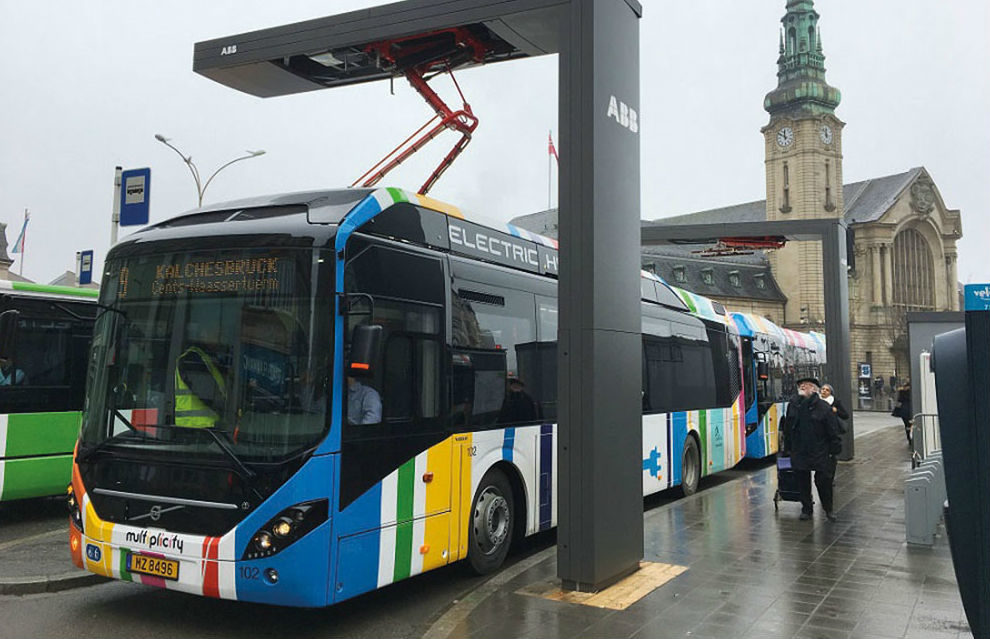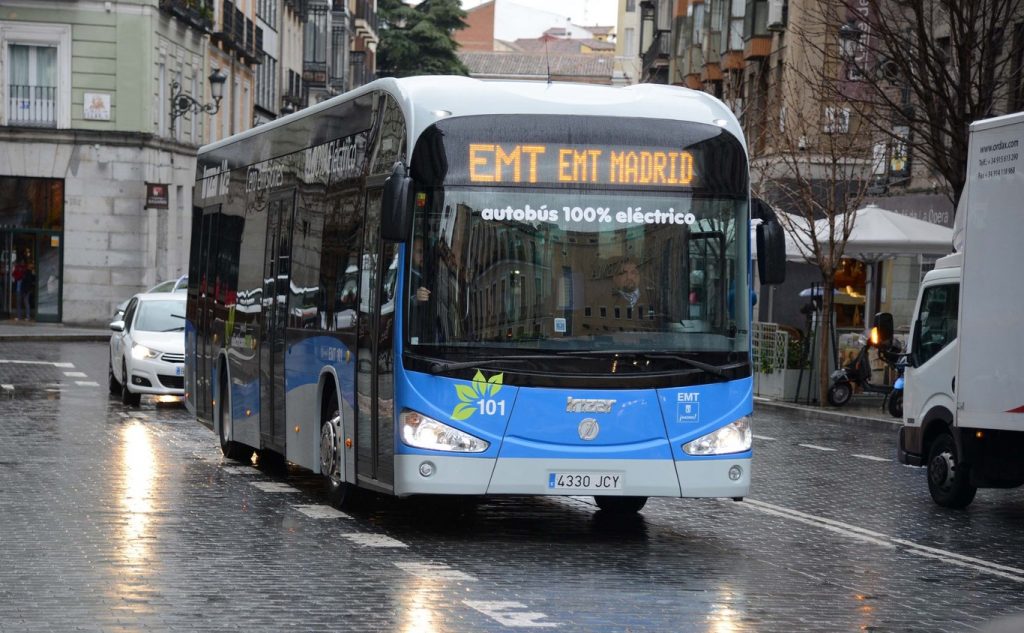In recent years policies aimed for urban environment sustainability have gained big importance, because cities have a remarkable leadership on the fight against climate change. Society demands an efficient use of energy and resources through the development of a new sustainable mobility model. In this context, electric buses play a decisive role.
First use of electric trolleybuses in an urban public transport network took place in 1901 in the city of Dresden (Germany), while buses with on-board electric batteries of different types had their boom during the new millennium in rich countries, due to its bigger economical cost.
It is an evidence that electric buses can not solve cities´ problems of pollution, congestion and environmental damage on their own, but they can make a big contribution. We can add to the lack of polluting emissions the fact that they do not need a specific and exclusive infrastructure, which leads to a huge flexibility for operation and less visual impact. In addition, they generate a smaller amount of noise and provide a better space optimization for users. This last thing just because electric engines are smaller than conventional ones using diesel and other fossil fuels. Possibly these features will make electric buses to compete against trams, particularly when technology development brings a bigger autonomy to these vehicles and a shorter implementation cost. With this purpose some researchers are conducting fast-charging batteries trials during bus stops, for being used just the time passengers keep getting in and out of the bus.

Photo 1. Fast-charging bus battery system consisting of a fixed structure to which the bus is connected by a mechanic arm (pantograph) that makes possible the transmission of electricity. Source: visionautomotriz.com
As it was mentioned before, the first environmental profit that electric buses make is the reduction of pollution emissions. At this point we have to take into consideration the origin of the electricity used. If it comes from a non-renewable source the only thing that is being achieved is changing the place where the emission is located, but there is not an actual change on the energy model used.
Another environmental and socioeconomic problem caused by electric buses is related to batteries production, one of the wider disadvantages of electrical mobility. On the one hand batteries are made of heavy metals highly dangerous for the environment and on the other its production itself results in polluting emissions to the atmosphere.
Taking electrical cars batteries as a reference, a report from the Swedish Environmental Research Institute measures carbon dioxide emissions of a 100Kwh battery before being used in about 15 to 20 tones. In order to get a better perspective, we can compare that result to the 19 tones of CO2 that an average Australian citizen emits annually to the atmosphere. Evidently, those initial emissions are compensated during the entire useful life of batteries, but again we have to take into account electricity provenance.
In the urban context another remarkable environmental pollutant is noise. It is one of the most obvious transport impacts. Spain developed a specific law to fight against it in 2003. According to it institutions have to evaluate noise exposure of some areas and city councils are implored to take the convenient measures which would result in an improvement on inhabitants´ quality of life.
The introduction of electric buses in urban public transport networks in Spain has experienced a tremendous growth in recent years, as well as in the rest of Europe. Many Spanish cities are making such a big effort to renew their buses fleet. As an example, the public company of Madrid´s urban buses (EMT in Spanish) will have in 2020 a total amount of 93 vehicles powered 100% by electricity, while Barcelona will be passing 100 vehicles. Meanwhile, Pamplona already has an entire line operated fully by this kind of buses and we can easily find many other examples throughout the whole country: Irún, Bilbao, Valladolid, etc.

Photo 2. 100% electric bus i2e model acquired by EMT Madrid and produced by Irizar. This Spanish company is a worldwide leader of electric buses manufacture. Source: Irizar webpage.
All those interventions mentioned have something in common: the reduction of polluting emissions in urban areas. We must not forget that a trip on a public urban bus pollutes 20 times less than the same trip on a private car. But those measures are clearly insufficient, because in many cases the are put into practice in general terms which are not particularized on specific policies or integrated plans.
Generally speaking, we can assume that the path is correct, but there is still a lot to be done. We can also assure that electric mobility will have a huge prominence in transport decarbonization process. However, public policies should concentrate on achieving a modal change to collective means of transport, rather than just encouraging vehicles replacement.
Author: Rodrigo Espejo de Vena
